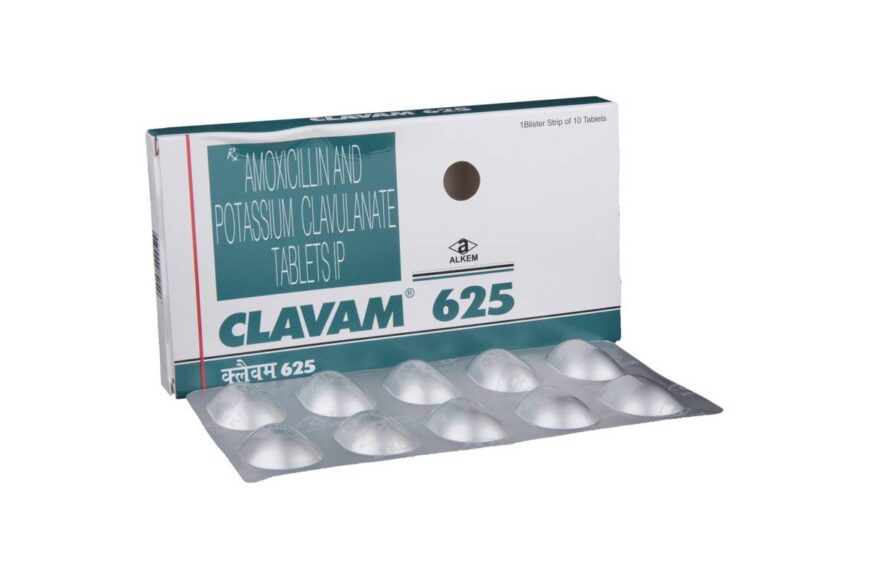506 IPC Understanding Section: The Essentials According to the IPC, section 506 involves the crime of intimidation. This provision criminalizes the act of putting someone in fear of being harmed to scare or bother them or to coerce them unlawfully.
What Constitutes the Offence Under Section 506 IPC?
Section 506 IPC covers the following acts:
- Offering to cause the death of or grievous hurt to any person.
- It is making threats that are likely to destroy property or cause damage that will bring someone a bad reputation.
- Lastly, Performing any of the above acts to cause alarm or annoyance to any person or to affect any person’s perception unlawfully
In the section, there is an extended description of two forms of criminal intimidation. When the threat contains bodily harm and when it does not. The penalties are even higher if the threat concerns murder or intent to cause severe physical damage to the threatened person or any other person.
Key Ingredients of the Offense Under Section 506 IPC
The following are the elements of the offense under Section 506 IPC:
Some of the essential conditions that must be met to convict a person of criminal intimidation under Section 506 IPC include the following
- The accused was instrumental in placing the victim in reasonable fear of the commission of an act of violence on them or that an attack on the victim was imminent.
- It can be in the form of a threat to harm the victim or anyone with whom the victim has an emotion, such as affection.
- The threat created fear, broke the law, teased, or bothered the victim.
- The accused threatened the victim with the intent to cause alarm. Harassment or to influence the actions or reactions of the victim.
- The threat either alarmed the victim or influenced the victim in some way.
In short, there is a need to show that the threat was made deliberately to cause. Likely, distress, coercion, or annoyance to the targeted person.
What Are the Punishments Under This Section?

- Section 506 stipulates the following punishments for the offense
- Criminal intimidation without actual harm to the person – imprisonment for two years or, exemplary, or both
- Criminal intimidation referring to death or grievous hurt – UP to seven years imprisonment and fine.
The court also determines the extent of the penalty right from the conduct of the trial based on the facts of the case and the state of affairs in that case.
Hitting section 506, IPC differs from all other offenses in that it does not need intent of commission of the offense referred to in the threat.
The Offense Provided Under Section 506 IPC Is Distinguishable From Other Offenses In The Following Ways.
- Section 503 IPC deals with criminal intimidation, but it is done to a person and is about his character or property. Section 506 relates to the offenses of threatening to cause physical injury to the person or his family members or his property.
- Chapter XVII – This is for criminal intimidation by sending letters anonymously. Among the sections that provide for intimidation in person is section 506.
- Section 308 IPC – The current provision concerns an attempt to commit culpable homicide not amounting to murder. Section 506 concerns the threats of murder.
Frequently Asked Questions about Section 506 IPC
- This threat under Section 506 does not require to be car’/}}vf,ried out.
However, it should be noted that for a person to be charged for an offense under Section 506. It is not required that the threat should be made with reckless imprudence but with intent. The accused don’t need to attempt or seek to perpetrate the threatened injury.
- Is It Possible To Apply Section 506 For Verbal Threats?
Yes, Section 506 can be applied for threats made orally. Through e-mail in writing, by gestures, by signs, or in any other manner.
Does Section 506 of the IPC allow for anticipatory bail?
The apex court has held that anticipatory bail can be granted in cases under Section 506 as the punishment prescribed is rigorous. However, each case will be specific and contingent upon the situation of the given case.
I trust this comes with understanding criminal intimidation under Section 506 IPC. What it entails, the punishment accompanying it, and some of the issues that are likely to be encountered. If you have any further questions, please do not hesitate to contact me.
Conclusion
Another Indian criminal offense is criminal intimidation, which falls under section 506 of IPC, in which an individual puts the life and or property of one or more persons in danger. The parts of this offense are threats of violence and the manufacture.
There are two types of intimidation However, with and without physical contact, with particular emphasis on more severity of death or serious bodily harm threats. Punishments can range from two years for intimidation without harm to seven years for severe threats. Importantly, intent to commit the threatened act is not necessary for prosecution. The section accommodates verbal threats made in various forms and allows for the possibility of anticipatory bail.






